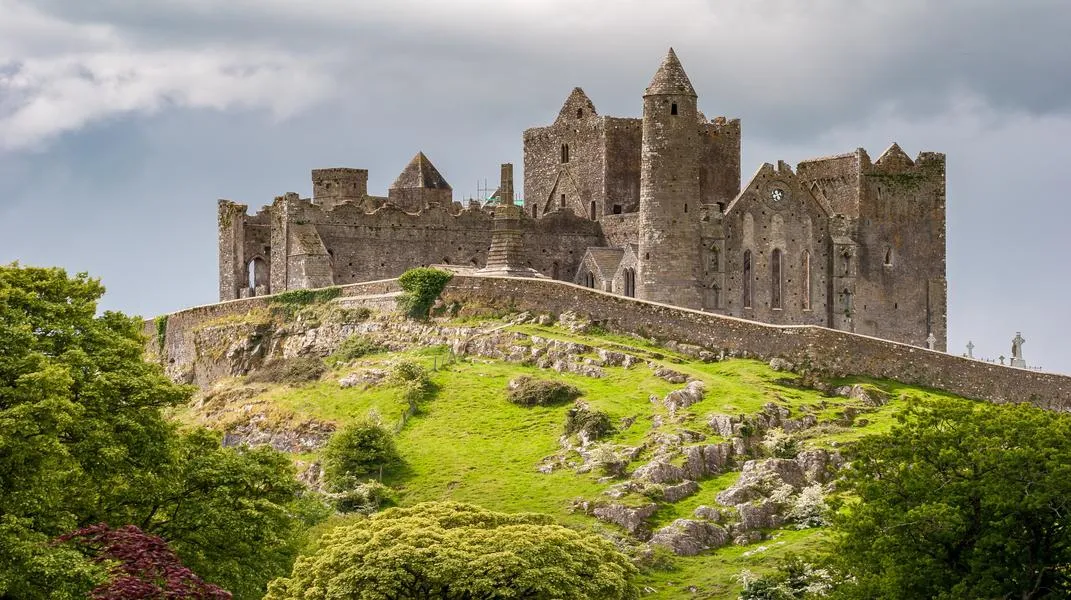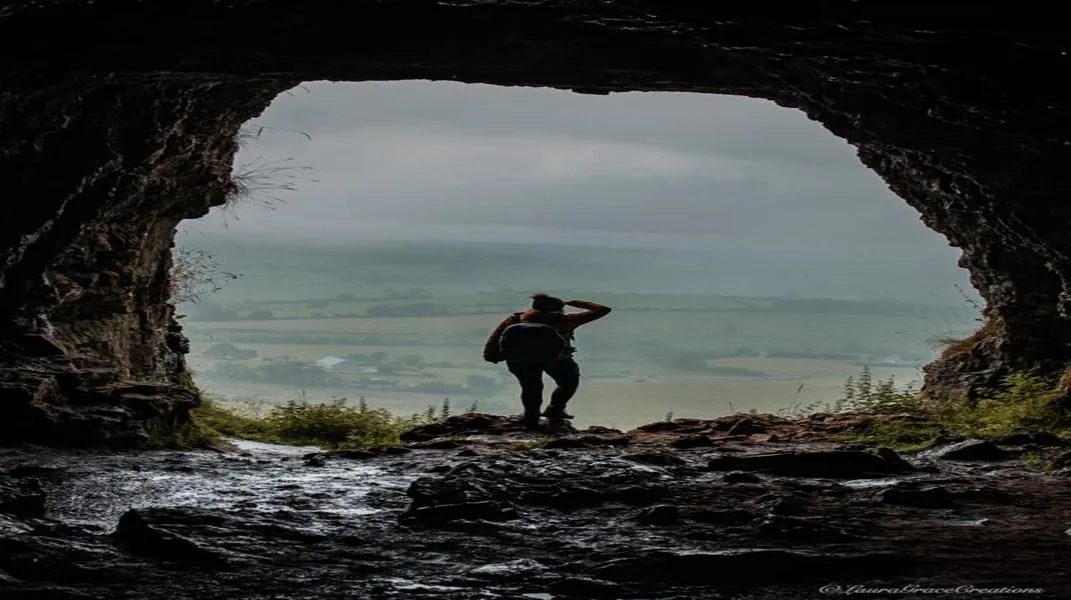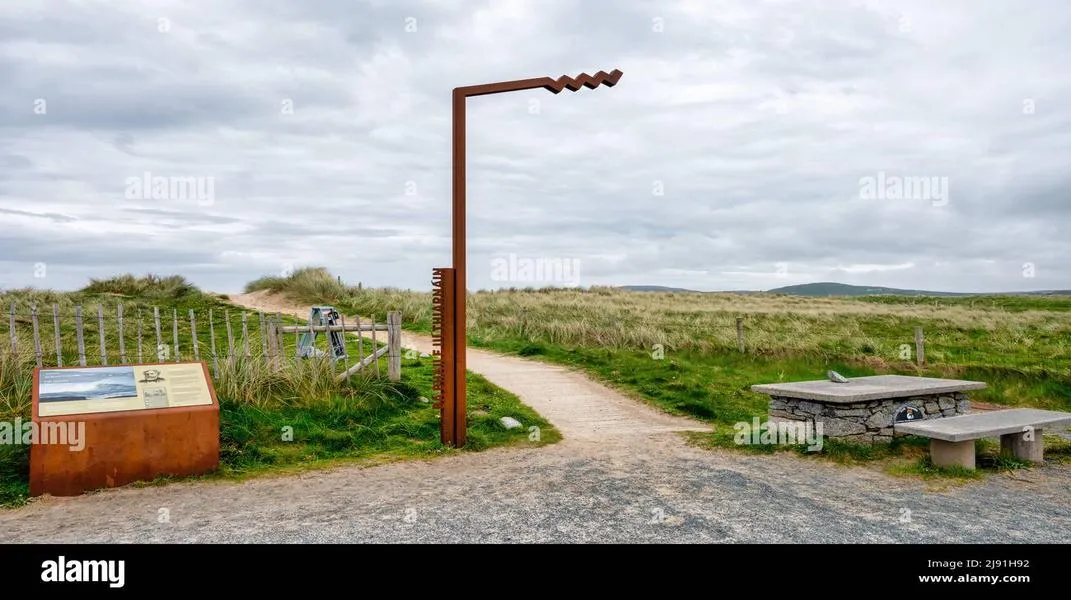Exploring the Majestic Rock of Cashel: A Gem of Irish Heritage
Nestled in the heart of County Tipperary, the Rock of Cashel stands as a monumental testament to Ireland's rich history and cultural heritage. Often referred to as St. Patrick's Rock, this ancient site attracts visitors from around the globe, drawn by its stunning architecture, breathtaking views, and the legends that surround it. In this article, we will delve into the historical significance of Cashel, detail its key attractions, and provide you with a comprehensive guide on how to prepare for your visit to this breathtaking destination.

The History of Cashel
The Rock of Cashel has a storied past that dates back to the 4th century, making it one of Ireland’s oldest and most significant sites. According to legend, it was here that St. Patrick converted the King of Munster to Christianity in the 5th century, using a shamrock to explain the Holy Trinity. This pivotal moment in Irish history transformed the religious landscape of the region and solidified Cashel's role as a center of Christian worship.
The site served as the seat of the Kings of Munster for several centuries before it became a monastic settlement in the 12th century. Over the years, it has witnessed numerous historical events, including invasions, battles, and ecclesiastical reforms. Today, the Rock of Cashel is a symbol of Ireland's rich heritage and enduring spirit.
Key Attractions at the Rock of Cashel
When visiting Cashel, there are several must-see attractions that showcase the site’s historical and architectural significance:
1. St. Patrick's Cathedral
At the heart of the Rock of Cashel lies St. Patrick's Cathedral, an impressive structure built in the 12th century. The cathedral features a stunning Romanesque architecture style, characterized by its rounded arches, robust columns, and intricate carvings. The interior of the cathedral is adorned with beautiful stone carvings and remains of medieval frescoes, offering a glimpse into the artistry of the time.
Visitors can explore the cathedral's nave, chancel, and bell tower, which provides a panoramic view of the surrounding landscape. The cathedral's roofless ruins add to its charm, allowing visitors to experience the atmosphere of this ancient place of worship.
2. Cormac's Chapel
Adjacent to St. Patrick’s Cathedral is Cormac's Chapel, a remarkable example of 12th-century architecture. This chapel is known for its exquisite stonework, including a magnificent Romanesque doorway and intricate carvings. Inside, visitors can find a beautifully preserved altar and a series of unique carvings depicting biblical scenes.
Cormac's Chapel also features a fascinating stone sarcophagus believed to belong to King Cormac MacCarthy, who commissioned its construction. The chapel's design and artistic details make it a highlight of any visit to Cashel.
3. The Round Tower
The Round Tower is another prominent feature of the Rock of Cashel, standing tall at 28 meters (92 feet). This medieval structure served as a bell tower and a place of refuge during Viking raids. The tower’s unique design, with its tapered top and narrow windows, is a hallmark of Irish architecture.
Climbing the tower offers visitors a chance to experience breathtaking views of the surrounding countryside, including the lush green hills and the picturesque town of Cashel below. It's a rewarding ascent for those willing to make the climb.
4. The High Cross
The High Cross at Cashel is a striking example of early Christian art. Standing at 5 meters (16 feet) tall, the cross is intricately carved, showcasing scenes from the Bible and Celtic designs. It serves as a reminder of the significant role that Christianity played in shaping the cultural landscape of Ireland.
The cross is located in the churchyard and is easily accessible, providing an excellent photo opportunity against the backdrop of the stunning landscape.
5. The Hall of the Vicars Choral
The Hall of the Vicars Choral is an impressive structure located near the cathedral. This 15th-century building served as a residence for the vicars choral, who were responsible for the musical services at the cathedral. The hall features beautiful stonework and large windows that allow natural light to flood the interior.
Visitors can explore the hall and learn about the life of the vicars choral and the importance of music in the liturgical practices of the time.
6. The Views from the Rock
One of the most enchanting aspects of the Rock of Cashel is the stunning views it offers. Perched on a limestone hill, the site provides a breathtaking panorama of the surrounding countryside, rolling hills, and distant mountains. The landscape is especially captivating during sunrise and sunset, when the golden light bathes the ruins in a warm glow.
Practical Tips for Visiting Cashel
To ensure a smooth and enjoyable visit to the Rock of Cashel, it’s essential to prepare adequately. Here’s a comprehensive guide to help you make the most of your trip:
1. Getting There
Cashel is easily accessible by car, bus, or train. It is located approximately 160 kilometers (100 miles) southwest of Dublin and about 50 kilometers (31 miles) northeast of Limerick. The town is well-connected by public transportation, with regular bus services from major cities.
If you choose to drive, there is ample parking available near the site.
2. Admission Fees
As of the latest information, there is an admission fee to enter the Rock of Cashel, which helps support its preservation and maintenance. Check the official website for the most up-to-date pricing and any potential discounts for students, seniors, or family groups.
3. Opening Hours
The site is open to visitors year-round, though hours may vary depending on the season. It’s advisable to check the official website for current opening times and any special events that may be taking place during your visit.
4. Guided Tours
For those interested in a more in-depth experience, guided tours are available. These tours provide valuable insights into the history and significance of the site, led by knowledgeable guides who can share fascinating stories and anecdotes.
5. What to Wear
Given that the Rock of Cashel is an outdoor site, it’s important to dress appropriately for the weather. Layered clothing is recommended, as temperatures can fluctuate throughout the day. Comfortable walking shoes are essential, especially if you plan to explore the grounds and climb the Round Tower.
6. Essential Items to Bring
- Camera: The stunning architecture and breathtaking views make Cashel a photographer's paradise.
- Water: Stay hydrated, especially on warm days.
- Snacks: While there are cafes in the town of Cashel, having a few snacks on hand can be convenient.
- Guidebook or App: Consider bringing a guidebook or downloading a mobile app about the site to enhance your understanding of its history.
7. Nearby Attractions
If you have time to spare, consider exploring other nearby attractions, such as:
- Cahir Castle: Just a short drive away, this well-preserved medieval castle is worth a visit.
- The Rock of Dunamase: Located further afield, this spectacular ruin offers a glimpse into Ireland's past.
- The Heritage Town of Cashel: The town itself has charming streets, cafes, and shops to explore.
Conclusion
The Rock of Cashel is not just a historical site; it’s a journey through time, steeped in legend and lore. Its stunning architecture, breathtaking views, and rich cultural heritage make it a must-visit destination for anyone traveling to Ireland. By preparing adequately for your visit, you can fully immerse yourself in the beauty and history of this remarkable site. Whether you are a history buff, a photography enthusiast, or simply seeking a moment of tranquility amidst stunning scenery, Cashel promises an unforgettable experience. So pack your bags, grab your camera, and get ready to discover the magic of the Rock of Cashel!




